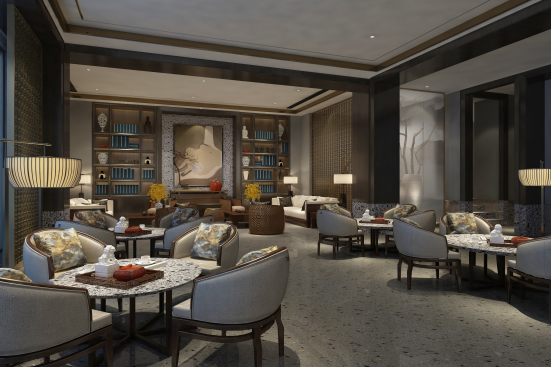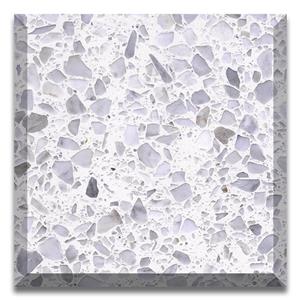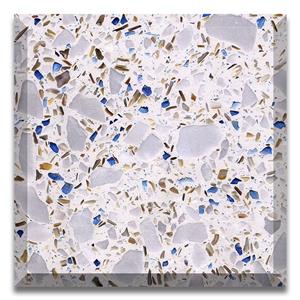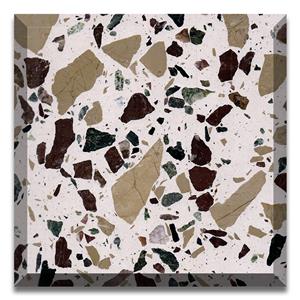A Brief History of Terrazzo
A Brief History of Terrazzo
01. Ancient civilization and Artificial Stone
Artificial stone has a long history. The scientist Joseph davidovis studied the boulder structure of ancient Egyptian pyramids with the help of microscope and chemical analysis, and came to an amazing conclusion: the stones on the pyramids were made of lime and shells by artificial pouring and coagulation.
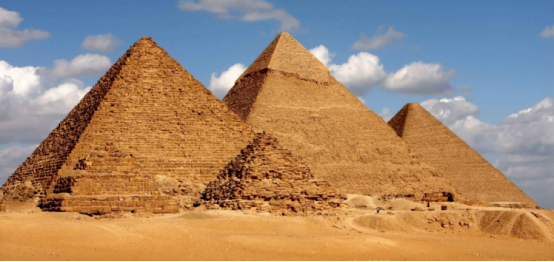
Since 22 BC, the Romans have built underwater concrete buildings in the ancient city of Caesarea in Israel. More than 2000 years later, these marine buildings are still intact.
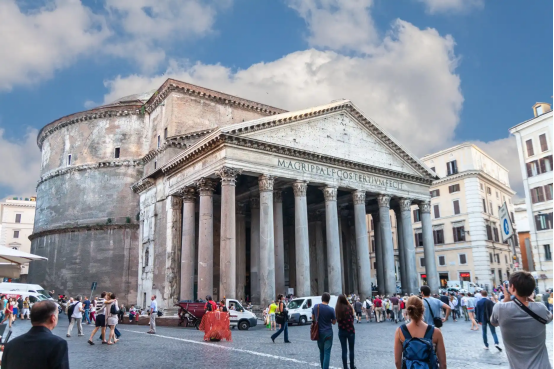
From ad 120 to ad 124, the Pantheon was built in Rome, Italy. As a temple dedicated to the gods, it has a diameter of 43.20m and visually presents "whole artificial stone".
02. Renaissance Terrazzo
By the 16th century, Venetian craftsmen would take the remaining marble leftovers from the decoration of luxury houses home and inlay them in the yard at will.
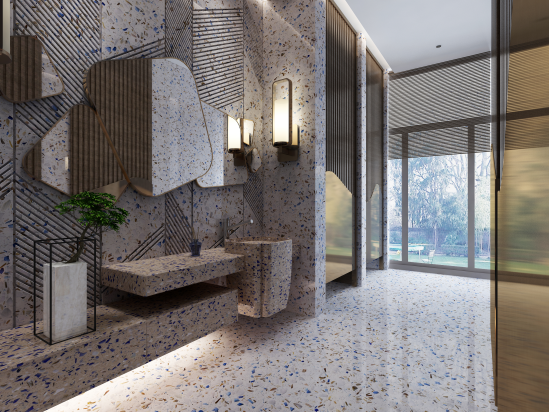
At the end of the 16th century, with the prosperity of academic school, terrazzo gradually became a popular ground material.
03. The birth of modern Terrazzo
Around 1830 - concrete appeared.
Francois guarne built the world's first concrete building using formwork cast-in-situ method in 1847.
In 1872, Mooney built the first reinforced concrete reservoir in bulwa.
In 1923, polymer modified cement concrete appeared, which made the concrete enter a new stage of using composite cementitious materials and polymer cementitious materials.
04. Rise and development of domestic Terrazzo
In the late Qing Dynasty, terrazzo technology was imported across the sea and came to China. Terrazzo products were widely used in the national construction projects such as the Great Hall of the people, military museum, Beijing railway station, broadcasting building, planetarium and nature Museum, and exported in large quantities. Terrazzo appeared in the eyes of the people as high-grade building decoration materials.
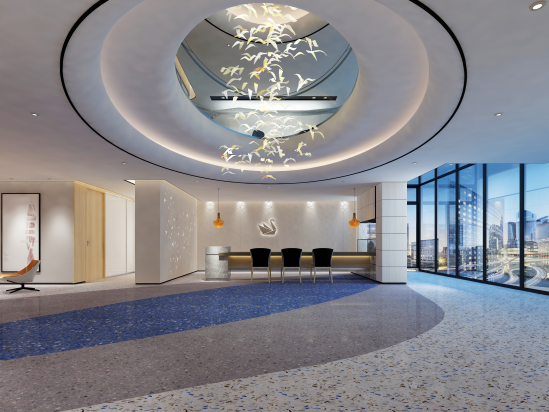
05. Modern Terrazzo
With the enrichment of materials, the progress of manufacturing technology and the development needs of modern architecture, inorganic grindstones show richer colors and patterns. Let designers have more flexibility in choice in effect. With the creative application and collocation of designers, both the fine material and texture of the grindstone have promoted it to become the darling of the decoration industry.
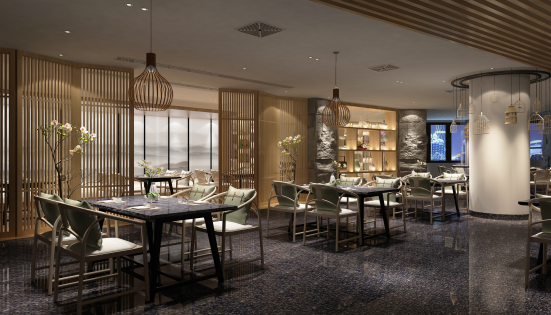
Dongxing inorganic terrazzo team has been committed to the R & D and construction of new materials for many years, and each completed terrazzo project has passed the severe test of the application market. Dongxing inorganic Teaazzo has a wide range of colors, good flexibility, high-end texture, simple and natural, noble and gorgeous. It can create various unique patterns and shapes according to your preferences, with unlimited creativity. It not only conforms to the characteristics of the times, but also reflects distinctive personality characteristics, natural and highlights artistic charm. It is more and more welcomed and respected by owners and designers.
